Venous Thrombosis and Related Disorders
The two recent studies that appeared in the British Medical Journal reported on the risk of venous thromboembolism (“VTE”) and the use of hormonal contraceptives. Venous thromboembolism refers to the creation of a blood clot in a vein that breaks loose and migrates to another part of the body, sometimes creating a blockage that interrupts the flow of blood.
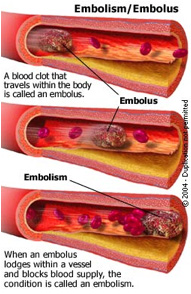
Oftentimes, deep vein thrombosis (DVT), a condition in which one or more blood clots form in the deep veins of the leg, is the origin of a blood clot that dislodges from the vein and migrates to another part of the body. If the migrating clot creates a blockage in the flow of blood, serious medical complications may result.
If such a blockage occurs in a vessel that carries blood to the brain, a stroke or transient ischemic attack may result. If the blockage occurs in the lungs, the result may be a pulmonary embolism. Blockages could also occur in other locations and VTE is also believed to increase the risk of heart attack. Following is a brief description of these conditions.
If you or a loved one suffered an injury you believe is related to the use of YAZ®, YASMIN®, or OCELLA® click HERE for more information and to contact us.
Ischemic Stroke
Ischemic stroke occurs when there is a blockage in an artery through which oxygen is supplied to the brain. There are two types of ischemic stroke: embolic and thrombotic. A thrombotic stroke – or cerebral thrombosis – occurs when a cerebral artery narrows and eventually is eventually blocked. This is usually caused by artherosclerosis – a build-up of plaque within the cerebral artery. Embolic stroke occurs when a blood clot – an embolus – travels to the cerebral artery from another part of the body. The embolus becomes trapped in the cerebral artery – creating a blockage that prevents oxygen-rich blood from reaching the brain.
If you or a loved one suffered an injury you believe is related to the use of YAZ®, YASMIN®, or OCELLA® click HERE for more information and to contact us.
Transient Ischemic Attacks (TIAs)
Transient ischemic attacks (TIAs) are temporary stroke-like events that last for less than 24 hours. They are usually pre-cursors to eventual stroke. When a TIA occurs, there is usually a sudden onset of stroke-like symptoms – numbness, weakness, tingling, dizziness, headache, double vision, confusion, paralysis – that last for less than 24 hours. These stroke-like symptoms are caused by temporary blockages in one or more cerebral arteries that deprive the brain of adequate oxygen. Combining narrowed cerebral arteries with a suppression of the body’s natural ability to dissolve clots is believed to increase the risk of TIA.
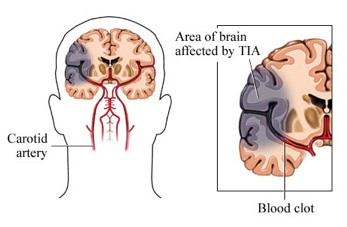
If you or a loved one suffered an injury you believe is related to the use of YAZ®, YASMIN®, or OCELLA® click HERE for more information and to contact us.
Pulmonary Embolism
Pulmonary embolism occurs when there is a blood clot that has migrated to and becomes lodged in an artery that provides blood to the lungs. When this occurs, the injured person’s oxygen levels can be suppressed leading to medical complications. In some cases, a large pulmonary embolism could result in death or serious permanent injury.
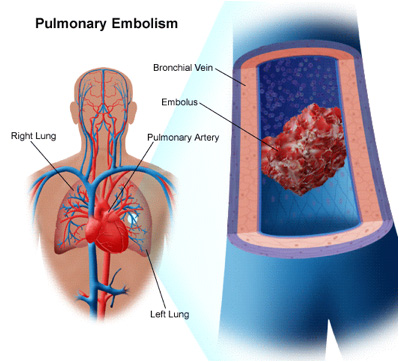
If you or a loved one suffered an injury you believe is related to the use of YAZ®, YASMIN®, or OCELLA® click HERE for more information and to contact us.
Heart Attack – Coronary Thrombosis
The most common type of heart attack occurs when one of the main coronary arteries becomes blocked and therefore is unable to deliver blood and vital oxygen to the heart muscle. Without oxygen, the portion of the heart muscle served by the blocked is unable to function, potentially leading to catastrophic consequences.
Coronary blockages often develop as a result of coronary artery disease – a condition where the coronary arteries have narrowed due to the accumulation of plaque in the arteries. Coupling narrowed coronary arteries with a suppression of the body’s natural ability to dissolve blood clots is believed to increase the risk of coronary thrombosis.
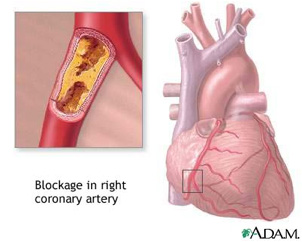
If you or a loved one suffered an injury you believe is related to the use of YAZ®, YASMIN®, or OCELLA® click HERE for more information and to contact us.
Peripheral Vascular Disorders – Arterial and Venous
Peripheral venous and arterial thromboses are blockages in the arteries and veins that supply blood to the large muscles of the body. Such blockages are often caused by artherosclerosis – a build-up of plaque within the artery or vein that prevents or limits blood from reaching the muscle – but can also occur as a result of a migrating embolus. Deprived of oxygen, the muscle may spasm, cramp, ache or exhibit other signs of ischemia. Deep vein thrombosis is often associated with peripheral vascular disorders.
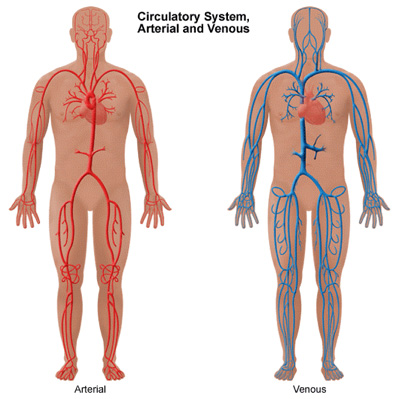
If you or a loved one suffered an injury you believe is related to the use of YAZ®, YASMIN®, or OCELLA® click HERE for more information and to contact us.

